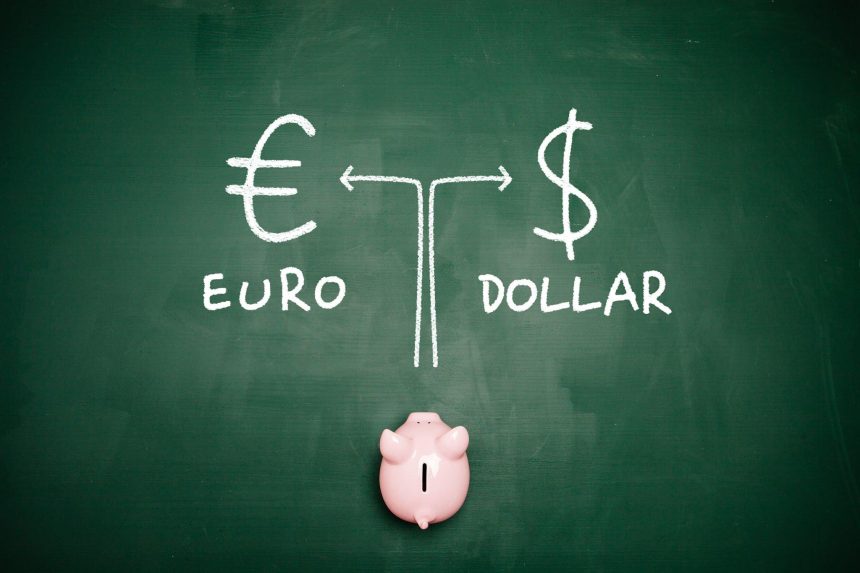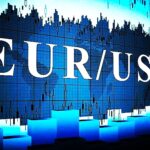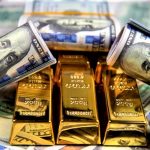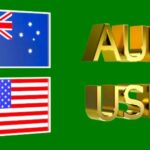EURUSD rose as the Fed appeared to be more inclined than the ECB to lower interest rates.
EURUSD is falling as traders book profits ahead of the weekend following a strong performance on Thursday. When bulls approached 1.1000 for the first time since early January.
ECB officials’ comments since have resurrected the potential of an early rate cut, impacting on the EURUSD.
The Euro fell on Friday as ECB officials suggested that an early interest rate drop in April was still possible. EURUSD corrects after ECB officials’ dovish remarks
Francois Villeroy de Galua, Governor of the Bank of France and member of the ECB Governing Council. Said a rate cut in the spring was now “very likely,” adding that “spring goes from April to June.”
His ECB colleague, Bundesbank President Joachim Nagel, stated. “The probability is increasing that we will see an interest rate cut before the summer break.” adding, “This will be data dependent, but the prospects have improved.”
Their dovish views contrast with the more cautious approach of ECB President Christine Lagarde. Who stated following Thursday’s ECB meeting that June will be the next crucial date for revisiting interest rate policy. The Euro is falling as lower interest rates weaken the appeal of a Foreign investors can use money to lodge their capital.
Euro is on a short term rally, aided by expectations.
EURUSD is on a short term rally, aided by expectations. That the US Federal Reserve (Fed) is a fraction closer to cutting interest rates than the European Central Bank.
Prior to Thursday’s ECB meeting, some analysts said that April could be a good month to start cutting interest rates. In her news conference following the ECB meeting. However, European Central Bank President Christine Lagarde stated: “We have not discussed rate cuts at this meeting.” Implying that April was off the agenda. Her other statements indicated that ECB policymakers did not intend to really consider this possibility until June. When further evidence became available.
To the contrary, Federal Reserve Chairman Jerome Powell appeared He was more dovish in his testimony before the Senate Banking Committee on Thursday. Powell stated that “we’re not far” from seeing inflation decrease to a level that would allow him to begin decreasing interest rates.
On the horizon
With the ECB meeting and Powell’s testimony behind them, the next significant event for the EURUSD will be the release of US Nonfarm Payrolls (NFP) data on Friday at 13:30 GMT.
If US jobs data is soft, as was the case with ADP, JOLTS, and jobless claims earlier this week, it may indicate that interest rates are about to be reduced. This would weigh on the USD, giving EURUSD an additional lift.
NFPs cannot be easily expected, however, and are prone to surprise, occasionally going in the opposite direction.
NFPs cannot be easily expected, however, and are prone to surprise, occasionally going in the opposite direction. Compared to prior labor indicators like ADP. The fact that several employment-related indicators prior to the crucial Nonfarm Payrolls report were negative does not imply that NFPs will follow suit.
Analysts expect headline Nonfarm Payrolls to increase by 200K jobs in February, the unemployment rate to remain stable at 3.7%, and the all-important Average Hourly Earnings number to improve by 4.4% year on year and 0.3% month on month.
Average weekly hours are predicted to climb to 34.3 from 34.1, implying that more full-time employees will join the ranks of US workers, which is widely regarded as a good for the economy and the US dollar.









